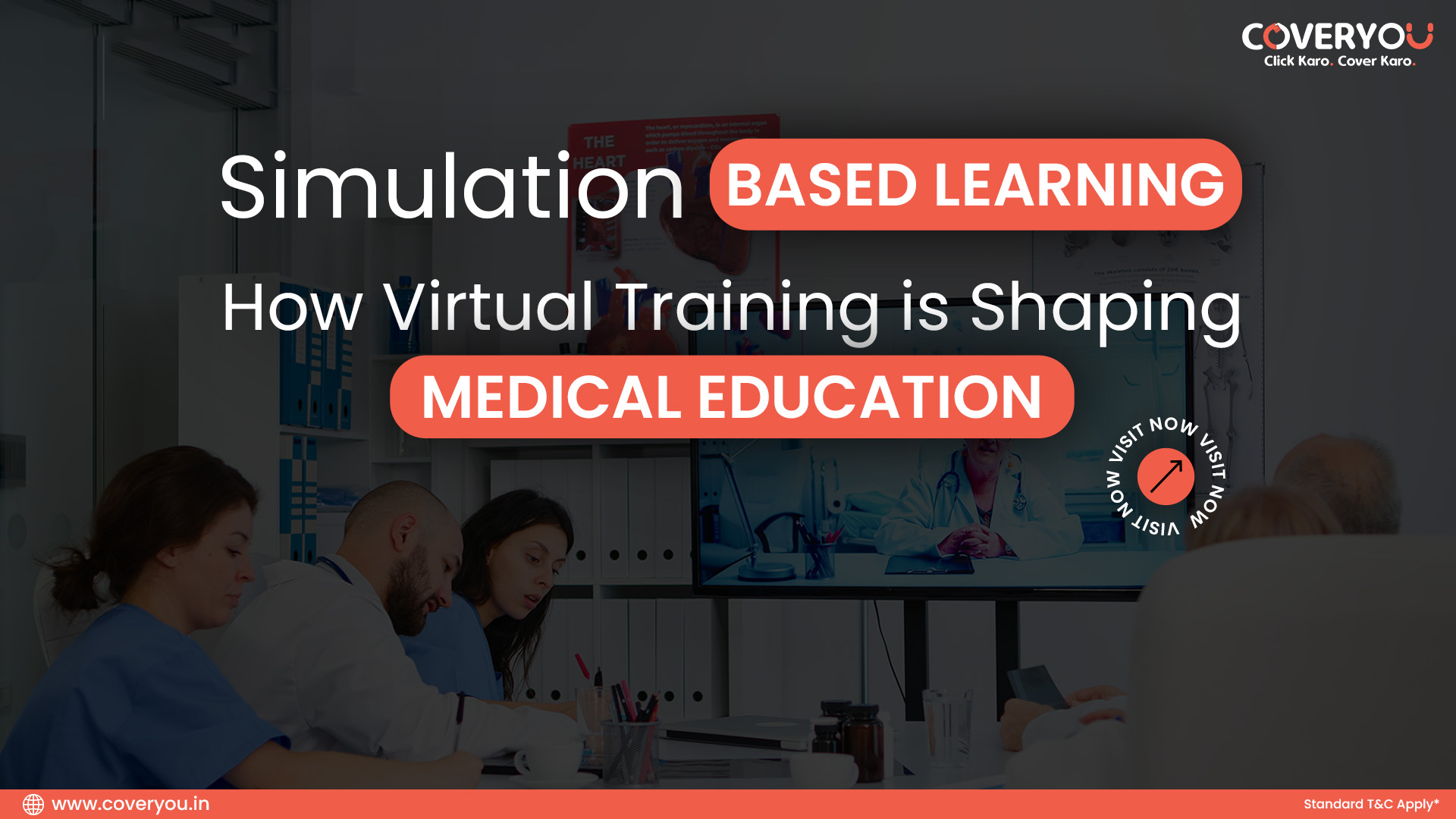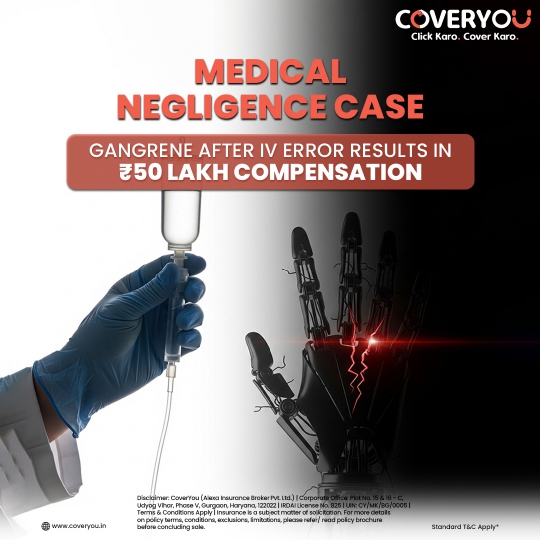Simulation-based learning is reshaping medical education by offering hands-on training in a risk-free environment. It blends technology with clinical education to mimic real-world medical scenarios, preparing students and professionals for complex situations.
What is Simulation-Based Learning?
It uses tools like mannequins, VR, AR, and high-fidelity dummies to replicate clinical conditions. From basic procedures to advanced surgeries, learners can simulate cases and practice repeatedly without jeopardizing patient safety. It bridges the gap between theory and practice.
Simulation offers numerous advantages:
- Improved Patient Safety: Learners practice before performing on real patients.
- Skill Mastery: Repeated exposure ensures retention and confidence.
- Decision-Making: Scenarios train users to act under pressure, improving critical thinking.
- Team Coordination: Group simulations enhance communication and collaboration. These benefits make simulation an integral part of medical training.
Types of Simulations
Simulation-based learning incorporates different types of models, each offering a unique training experience:
- Low-Fidelity Models: Basic tools like IV arms, suture pads, and CPR mannequins. These are useful for learning procedural skills and muscle memory.
- High-Fidelity Simulators: Advanced mannequins that mimic human physiology—breathing, heart rate, and even verbal responses. Ideal for realistic emergency response training.
- Virtual Reality (VR): Fully immersive environments allow for complex scenario practice, such as surgery or crisis response, in a 3D digital world.
- Standardized Patients: Trained actors who simulate real patient interactions. Excellent for developing communication and diagnostic skills.
Each type of simulation is aligned with specific learning outcomes, helping students move from basic skill acquisition to advanced clinical reasoning.
Applications in Specialties
Emergency medicine, surgery, obstetrics, and anesthesiology widely use simulation. It’s also gaining popularity in family medicine and pediatrics for communication and diagnosis training. Subspecialties adapt simulation based on clinical needs.
Feedback & Assessment
One major advantage is immediate feedback. Instructors provide real-time insights, and sessions can be recorded for self-review. Debriefing after simulations helps learners identify gaps and develop critical reflection skills. This makes learning more effective and personalized.
Accessibility & Flexibility
Simulations are no longer limited to classrooms. Many platforms offer virtual simulations that can be accessed remotely, ideal for remote learners or during crises like pandemics. This flexibility broadens access to quality training.
Limitations and Challenges
Simulation can’t entirely replicate the unpredictability of human behaviour. Some learners may also struggle to take simulations seriously. Cost and infrastructure needs are another barrier, especially for smaller institutions.
Despite limitations, simulation-based learning has improved clinical outcomes and reduced medical errors, making it an indispensable tool in modern medical education.
















